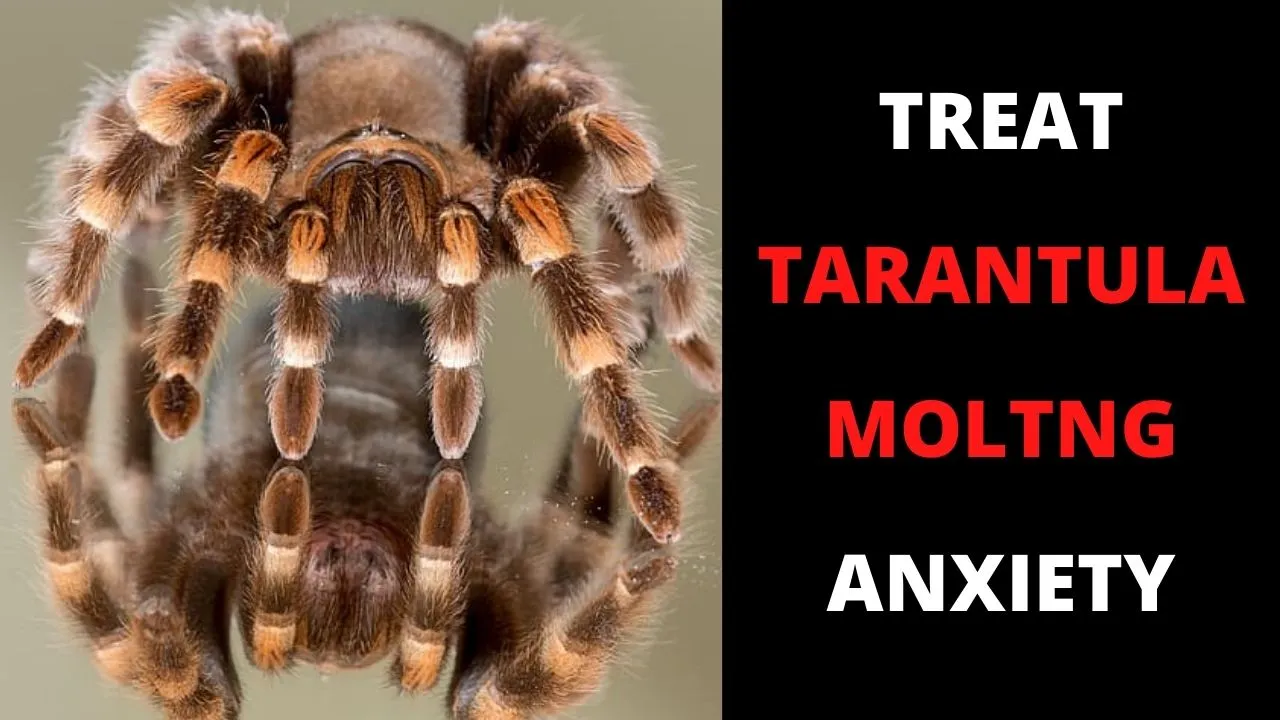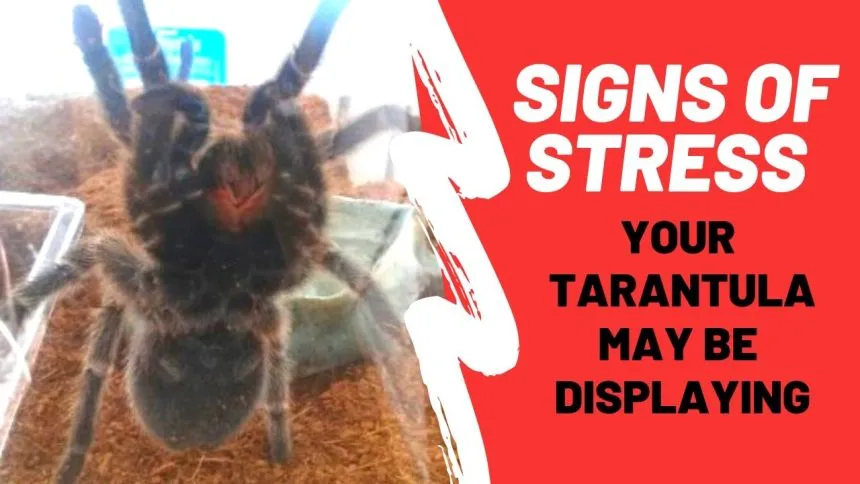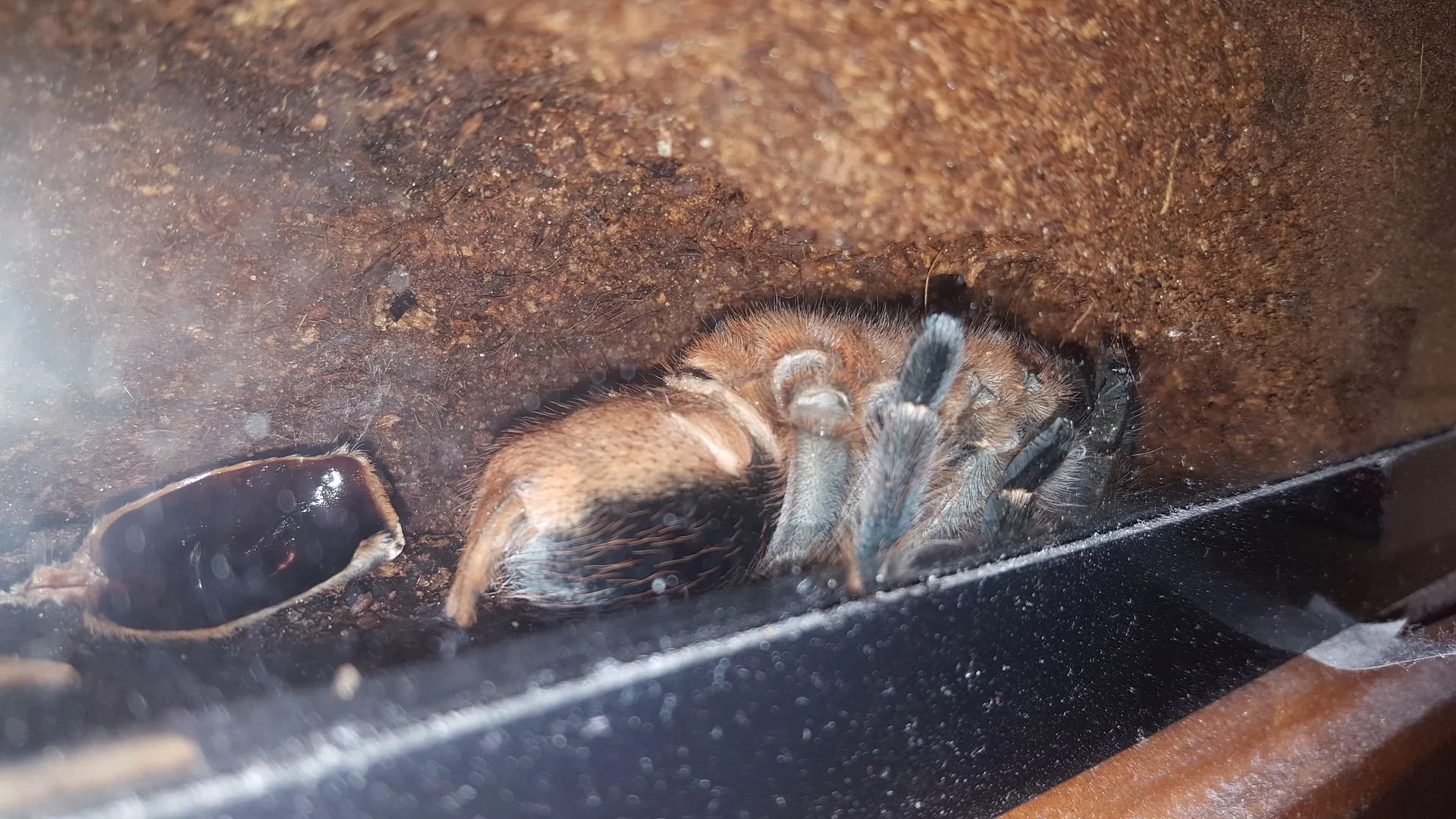What is a Stressed Tarantula?
Understanding the signs of a stressed tarantula is crucial for any tarantula owner. These fascinating creatures, while relatively low-maintenance pets, are sensitive to their environment and can experience stress due to various factors. Recognizing these signs early can help you take proactive steps to improve their well-being and ensure a long, healthy life for your eight-legged companion. A stressed tarantula is not a happy tarantula, and just like any pet, their quality of life depends on our ability to provide a comfortable and secure habitat. This involves paying close attention to their behavior, the conditions of their enclosure, and any changes in their routine.
Physical Signs of a Stressed Tarantula
Observing the physical signs is key to understanding if your tarantula is stressed. These indicators can range from subtle changes in behavior to more obvious displays of discomfort. By learning to recognize these physical cues, you can better assess your tarantula’s needs and address any issues promptly. These observations provide a window into your pet’s emotional state, helping you ensure a thriving and happy spider. Remember, each tarantula is unique, so it is essential to observe your tarantula and know its normal behavior to recognize any changes.
Change in Webbing or Burrowing

Changes in webbing or burrowing behavior are often early indicators of stress. Tarantulas that build elaborate webs or intricate burrows as part of their habitat may alter these patterns when stressed. A stressed tarantula may suddenly abandon its usual burrowing habits, or it may start creating webs in unusual places within the enclosure. This can include excessive webbing or a complete lack of webbing, depending on the species and its natural behavior. Observing these changes can help you identify the source of stress. (Image: tarantula-webbing.webp)
Abnormal Posture or Positioning
The posture and positioning of your tarantula provide valuable insights into its emotional state. A stressed tarantula may exhibit unusual body language, such as raising its front legs defensively, curling up tightly, or adopting an unnatural stance. If the tarantula is constantly in an exposed position, this may also be another indication of stress. Additionally, an agitated tarantula may display a threat pose, standing on its hind legs with its fangs bared. By paying attention to these non-verbal cues, you can get a better idea of your tarantula’s stress level. (Image: tarantula-posture.webp)
Loss of Appetite or Refusal to Eat
A decrease in appetite is another common sign that a tarantula may be stressed. If your tarantula suddenly stops eating or shows a lack of interest in food, this could indicate that something is wrong. It’s important to monitor your tarantula’s feeding habits and note any changes. Refusing food for an extended period can be a sign of underlying stress or illness, so it’s essential to investigate further. Check your tarantula’s enclosure for proper temperature and humidity levels to see if that is a factor. (Image: tarantula-feeding.webp)
Defensive Behavior and Aggression

Stressed tarantulas may become more defensive or aggressive than usual. This can manifest as frequent threat poses, stridulation (making a hissing sound by rubbing body parts together), or even biting if provoked. They might also flick urticating hairs if they feel threatened. Increased irritability and a tendency to hide are also signs of stress. Such behaviors are clear indications that the tarantula feels threatened or unsafe, and it’s vital to understand the source of this distress. (Image: tarantula-defensive.webp)
Increased Speed and Erratic Movements
A stressed tarantula may exhibit increased speed and erratic movements within its enclosure. You might observe it pacing back and forth or suddenly bolting across its habitat. This behavior often indicates the tarantula is trying to escape from a perceived threat or an uncomfortable environment. Such erratic movements are a sign of agitation and a need for you to assess the habitat and address any potential stressors. This is a clear signal that the tarantula is not feeling secure.
Environmental Factors that Cause Stress
Several environmental factors can contribute to stress in tarantulas. Understanding these factors is critical for providing a suitable and stress-free habitat. By controlling these elements, you can create an environment that supports your tarantula’s well-being. This includes ensuring the correct temperature, humidity, and overall safety for your pet. (Image: tarantula-habitat.webp)
Inappropriate Habitat Conditions

Incorrect habitat conditions can be a significant source of stress for tarantulas. This includes an enclosure that is too small or too large for the species, inadequate substrate, or a lack of appropriate hiding places. It’s essential to provide a habitat that mimics the tarantula’s natural environment, allowing it to feel secure and comfortable. Reviewing the size, substrate, and furnishings of the enclosure regularly can help prevent these problems.
Poor Ventilation and Humidity
Insufficient ventilation and improper humidity levels can also cause stress. Tarantulas require adequate airflow to prevent the buildup of harmful bacteria and maintain a healthy environment. In addition, humidity levels that are too high or too low can lead to health problems like mold or dehydration. Regularly monitoring and adjusting the humidity and ventilation in the enclosure is essential to maintain a comfortable environment for your tarantula.
Overhandling and Disturbances
Excessive handling and frequent disturbances can be stressful for tarantulas. While some tarantulas may tolerate occasional handling, most prefer to be left alone in their habitat. Overhandling can lead to stress, defensive behaviors, and even physical injury. Minimize disturbances by keeping the enclosure in a quiet location and avoiding unnecessary interactions. Always handle your tarantula with care and respect, and only when necessary. (Image: tarantula-handling.webp)
What to Do If Your Tarantula is Stressed

If you suspect your tarantula is stressed, it’s essential to take immediate action to address the underlying causes. The following steps can help you improve your tarantula’s well-being: First, assess the habitat, reviewing temperature, humidity, and enclosure size. Provide more hiding places to help the tarantula feel safe. Reduce handling and disturbances, and ensure the enclosure is in a quiet, low-traffic area. Lastly, consult with a veterinarian specializing in exotic animals if the stress persists or if you notice any health issues. By addressing these issues, you can create a more comfortable and secure environment for your tarantula.
In conclusion, recognizing the signs of a stressed tarantula is a crucial part of responsible tarantula ownership. By observing your pet’s behavior, understanding environmental stressors, and taking proactive steps to improve its habitat, you can ensure that your tarantula thrives. A happy tarantula is a healthy tarantula, and your attention to its needs will result in a rewarding experience for both you and your eight-legged friend.
